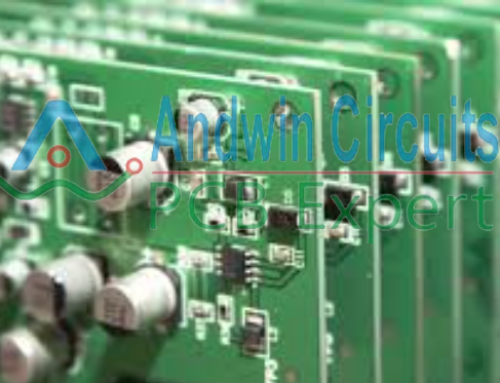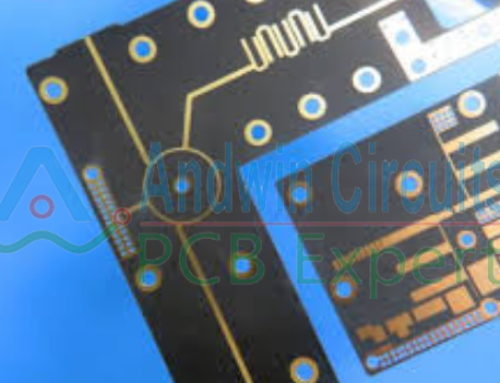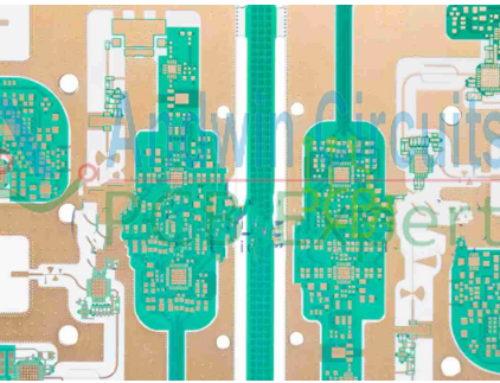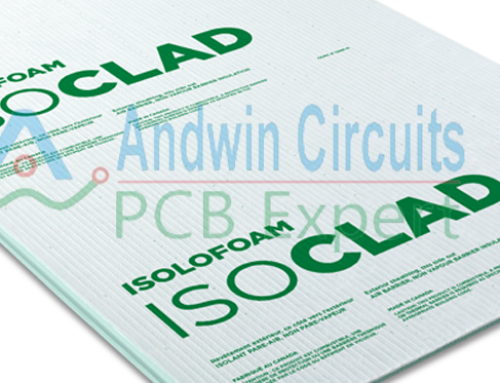Rigid-flex PCB Applications: Revolutionizing Electronic Devices
In the ever-evolving world of technology, the demand for smaller, lighter, and more flexible electronic devices is constantly increasing.
To meet these demands, engineers and designers have turned to rigid-flex PCBs (Printed Circuit Boards) as a solution. Rigid-flex PCBs offer a unique combination of flexibility and durability, making them ideal for a wide range of applications.
Rigid-flex PCBs are essentially a hybrid of traditional rigid PCBs and flexible circuits. They consist of multiple layers of flexible circuit substrates interconnected by rigid sections. This design allows for both the flexibility of a flexible circuit and the stability of a rigid board, resulting in a compact and robust solution.
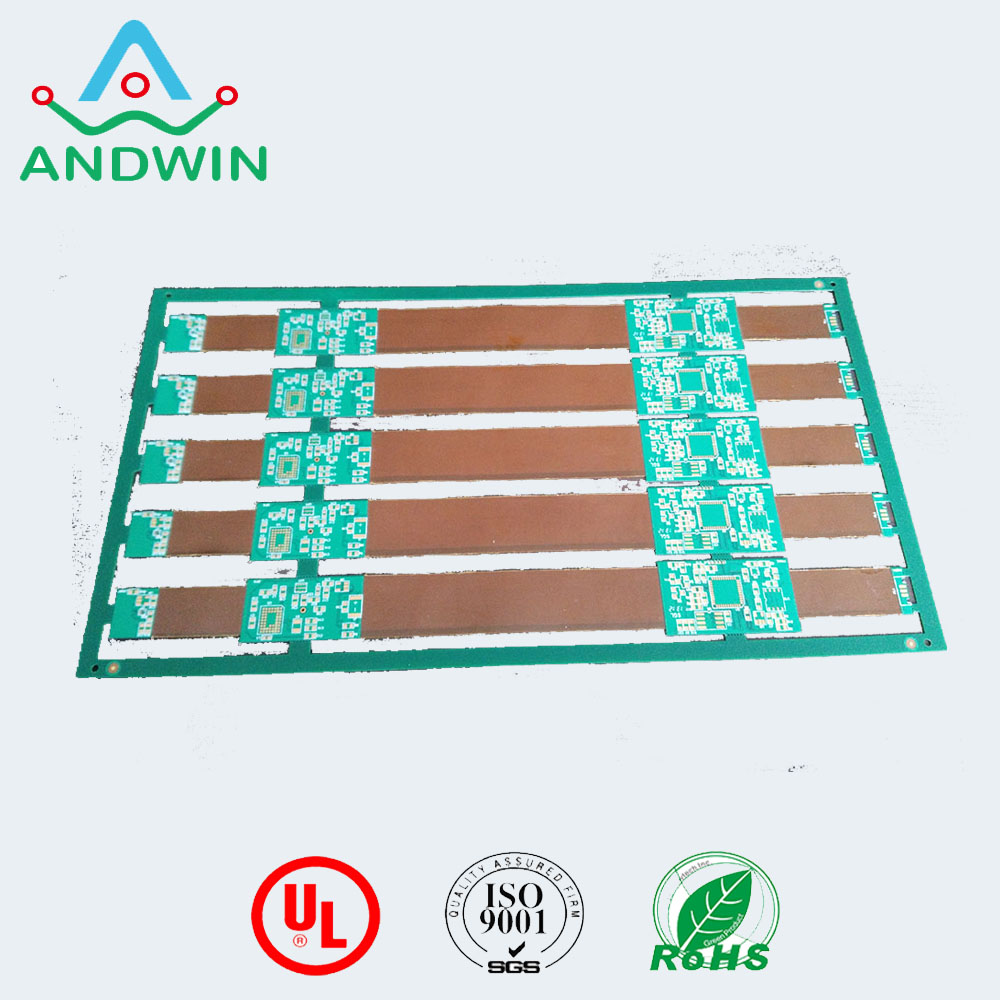
One of the key advantages of rigid-flex PCBs is their ability to withstand harsh environments. Traditional rigid PCBs are prone to damage from vibrations, shocks, and extreme temperatures. In contrast, rigid-flex PCBs are highly resistant to these conditions due to their flexible nature.
This makes them suitable for applications in industries such as aerospace, automotive, and medical devices.
In the aerospace industry, for example, rigid-flex PCBs are used in avionics systems, where they provide reliable interconnections between various components. These boards can withstand the extreme temperatures and vibrations experienced during flight, ensuring the smooth operation of critical systems.
Similarly, in the automotive industry, rigid-flex PCBs are employed in electronic control units (ECUs), sensors, and infotainment systems. The flexibility of these boards allows them to fit into tight spaces within the vehicle, while their durability ensures reliable performance even in rugged conditions.

The medical industry also benefits greatly from the use of rigid-flex PCBs. These boards are used in medical devices such as pacemakers, defibrillators, and implantable sensors. The flexibility of the boards allows them to conform to the shape of the body, while their durability ensures long-term reliability.
Consumer electronics is another sector where rigid-flex PCBs have found extensive applications.
They are used in smartphones, tablets, wearable devices, and even virtual reality headsets. The compact size and lightweight nature of these boards make them ideal for these portable devices, while their flexibility allows for unique form factors.

Moreover, rigid-flex PCBs are also used in industrial automation, robotics, and military applications. In industrial automation, these boards are used in control systems, motor drives, and power supplies.
In robotics, they enable the seamless integration of sensors and actuators, while in military applications, they provide reliable interconnections in communication systems and weapon control units.
In conclusion, rigid-flex PCBs have revolutionized the design and functionality of electronic devices. Their unique combination of flexibility and durability makes them ideal for a wide range of applications across various industries.
From aerospace to medical devices, consumer electronics to industrial automation, rigid-flex PCBs have become an indispensable component in modern technology. As technology continues to advance, we can expect to see even more innovative applications for these versatile boards.
Other PCB products, you may interesting










